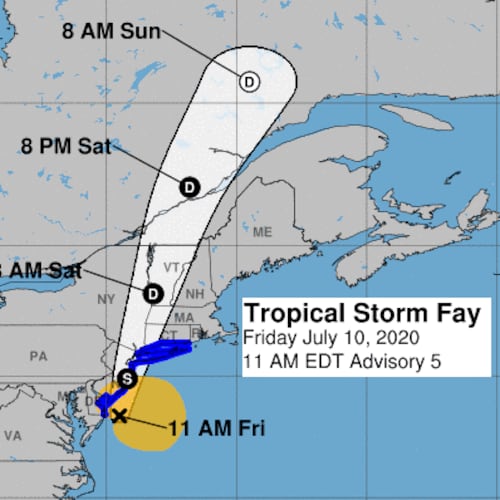The U.S. economy registered a weak month of job growth in May, as the Labor Department reported Friday that 75,000 jobs were created, with job growth numbers revised downward in both March and April as well, though the overall unemployment rate remained at a historically low level of 3.6 percent.
Job growth for the first five months of 2019 is averaging 164,000 jobs per month, down from almost 230,000 jobs per month over that same period in 2018, and slightly below the monthly average of 172,000 jobs for those five months in 2017.
It was the second time in the last four months that jobs numbers have come in under 100,000, as only 56,000 jobs were created in February - but overall, the May report extends the streak of job growth to 104 straight months.
The jobs report comes amid economic uncertainty with regards to the Trump Administration's ongoing trade fight with China - as the President is threatening another round of tariffs on imports in coming weeks - as well as with Mexico, as new tariffs could start on all imports next week.
As with most jobs reports, there were nuggets good and bad to take from the details.
One example was the U6 rate - considered the broadest measure of unemployment - that dropped to 7.1 percent, the lowest point since December of 2000.
The size of the labor force increased by 176,000 in May - showing that people were getting back into the job market - but that was only after four straight months of declines totaling 700,000.
Those working a part-time job because they could not find a full-time job went down by 299,000 in May, another good economic sign - but that did not offset increases from the previous two months.
The new jobs numbers rolled in a day after an encouraging government report on worker productivity, which grew at 3.4 percent in the first quarter of 2019, the strongest showing in four years.
The Labor Force Participation Rate remained at 62.8 percent in May. It has stayed in a narrow range just above and below 63 percent for several years.
About the Author
The Latest
Featured


